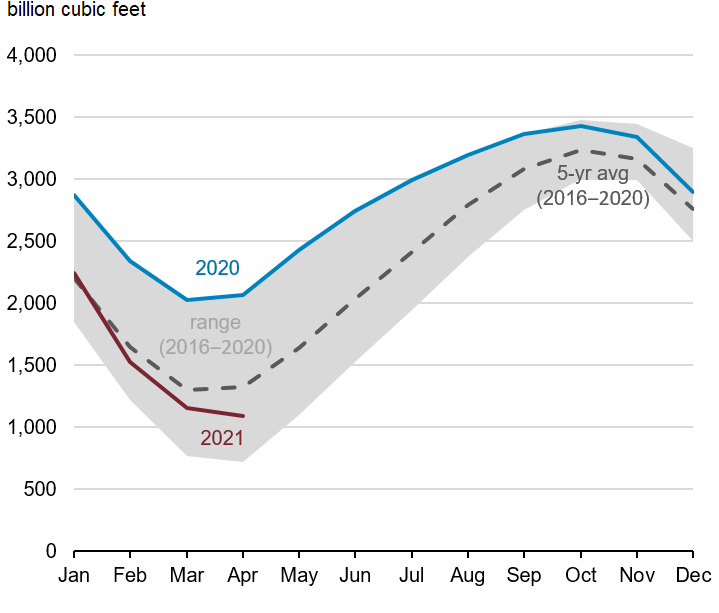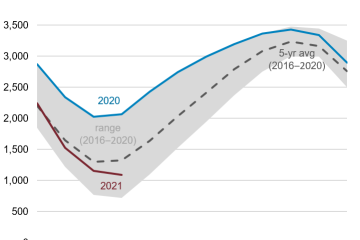Understanding Natural Gas Inventory and Its Market Impact

Introduction
Natural gas inventory plays a crucial role in the energy sector, serving as an essential indicator of supply and demand dynamics. The management of natural gas inventories can significantly influence prices, energy security, and the overall health of global energy markets. With fluctuating consumption rates, especially during peak seasons, understanding these inventories is vital for energy stakeholders and consumers alike.
Current State of Natural Gas Inventory
As of October 2023, the U.S. Energy Information Administration (EIA) reported that natural gas inventories are approximately 3.5 trillion cubic feet (Tcf), which is about 6% higher than the five-year average for this time of year. This increase in inventory levels amid rising production rates reflects a well-supplied market, especially as winter approaches when demand traditionally spikes.
The ongoing global shift towards cleaner energy sources has also contributed to changing dynamics in natural gas utilization. With governments worldwide implementing stricter emissions regulations and encouraging the adoption of natural gas as a transitional fuel, the forecast suggests an upward trend in both supply and demand for the foreseeable future.
Recent Market Influence
Recent geopolitical tensions, particularly in Europe, have heightened focus on natural gas supplies. As countries attempt to reduce reliance on Russian gas, inventory levels have become a critical metric to assess energy security. In response to dwindling supplies from traditional suppliers, countries such as Germany and France have ramped up their focus on domestic storage capacity and alternative imports.
Moreover, as renewable energy production grows, natural gas is often used as a backup source to ensure grid stability. This dual role as both a primary energy source and a supplementary backup increases its significance in the overall energy inventory landscape.
Conclusion
Natural gas inventories serve not only as a barometer for market health but also influence pricing and energy policy decisions. As we delve deeper into the winter season, stakeholders are encouraged to monitor these inventory levels closely, as they will play a vital role in energy planning and market strategies. The increased focus on natural gas as a cleaner alternative underscores its growing importance in the transition towards more sustainable energy sources. For consumers and businesses alike, understanding the implications of natural gas inventories is key to navigating the evolving energy landscape.






